Limits to Growth
"It is hopefully not too controversial to note that unsustainable things end"
Our activity level is driving the planet toward burnout. The consequences include -but are not limited to- an increasing greenhouse gas concentration in our atmosphere, which is destabilizing the climate. This state of overshoot and drawdown of our environment’s carrying capacity cannot continue forever.
In 1972, a team at MIT set out to investigate: How long can footprint expansion persist? The MIT team modeled data and produced 12 scenarios. They called the study the “Limits to Growth”, with plural “limits” as the operative word. After human activity exceeded the planet’s carrying capacity, no adjustments could enable us to maintain, let alone increase, our metabolic rate forever. Crop yields and industrial output would eventually go from rising to falling, and with them, our population. By 2100 footprint expansion would become footprint contraction, and resource consumption would be possible only at a much lower rate.
In the decades since 1972, as reality has played out, it’s been possible to plot actual data and compare the path we’ve chosen to the hypothetical scenarios. Now, 50+ years later, we appear to have followed the “business as usual” (BAU) scenarios, increasing our metabolic rate with no attention to the LTG’s warnings. On the trajectory that we’ve followed, our descent starts sooner than in the other scenarios - before 2050. There remain no paths ahead that are both viable and appealing.
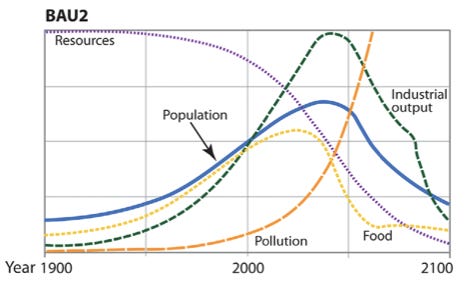
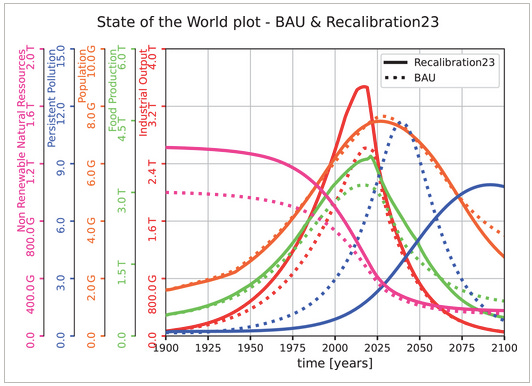
Some tips on interpreting the LTG graphs:
Because the Y axis represents different metrics for each curve, their relative heights aren’t meaningful. The focus is the curves’ relative behaviors over time.
The curves represent global totals. Experiences among countries and among socioeconomic classes will differ.
As climate impacts manifest, they’ll affect human population and economic activity. The UN’s IPCC models use fixed numbers for those values whereas the LTG curves are designed to fluctuate in response to each other. In this sense, the LTG is a more accurate reflection of reality and future scenarios.
Report author Dennis Meadows wishes his team has included Energy as a separate variable
The curves do not incorporate the following factors: undocumented resource depletion and pollution; one-off “wildcard” events such as pandemics and wars; significant changes to climate; biodiversity loss. Therefore, our situation is likely more dire than the models reflect.
Because it is so difficult to predict how humans will react to the downturns, each curve’s behavior from the peak forward isn’t meant as a forecast
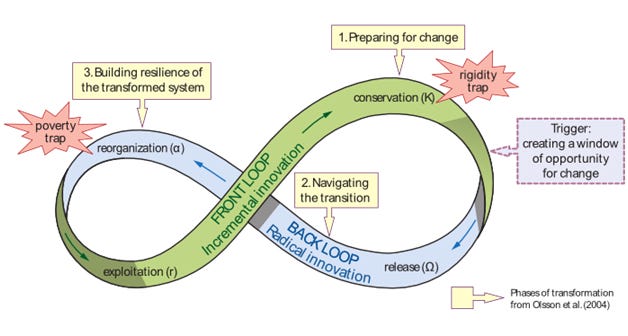
“Development”: Only For A Few, Only For A While
"There were ecological prerequisites to abundance and liberty. Those prerequisite conditions are gone" -William Catton, “Overshoot”
The dominant human culture justifies development by promising that it is net-beneficial to humans and that all members of our species will eventually have lasting access to it. However, the fact that certain countries modernized does not mean that it will be available to all. An empire needs its colonies. Hierarchy is a feature, not a bug that we can work out with time. Moreover, as the inputs run out and the side effects catch up with us, we will no longer be able to keep the modern civilization machine running.
From Chris Smaje:
“This notion of being ‘left behind’ by modernity is a common ecomodernist trope, but it’s a fallacy. The slaves shipped across the Atlantic to toil in the plantations of the New World, the modern slaves working southeast Asian fishing boats, the litter pickers of the Mumbai slums, the aborigines killed by colonial genocide and their descendants eking out an existence on reservations in America or Australia, the poor farmers and rural proletarians working across the fields and plantations of the world, the Bangladeshi sweatshop workers and the Filipina maids in the world’s great cities have not been ‘left behind’ by modernity but have lived it every bit as much as Silicon Valley millionaires or San Francisco policy analysts… My argument is not that people’s lot can never be improved by ‘modernization’ – but it is that modernization, like most political processes, creates winners and losers.”
Machado de Oliveira points out that civilization and modernity made promises they could never keep: “fair governance through rational democratic consensus; progress through science and technology; prosperity through economic growth and development; and the realization of ideals of universal human rights, basic health care, education, equity, and social mobility for all."
Bendell notes in Breaking Together:
“The UN states plainly that ‘no country has achieved a very high HDI [Human Development Index] value without contributing heavily to pressures driving dangerous planetary change’ ... Even achieving the UN's ostensibly noble development goals ... requires exceeding the Earth's capacity to sustain us, making the 'sustainable' part of the name a tragic oxymoron. [Yet experts worldwide ironically assert] that industrial consumer societies are the model for global development on a planet already being destroyed by current pressures from those societies.”
From John Michael Greer, in “Dark Age America”:
"Despite the rhetoric of universal betterment that was brandished about so enthusiastically by the propagandists of the industrial order, there were never enough of any of the necessary resources to make that possible for more than a small fraction of the world's population or for more than a handful of generations."
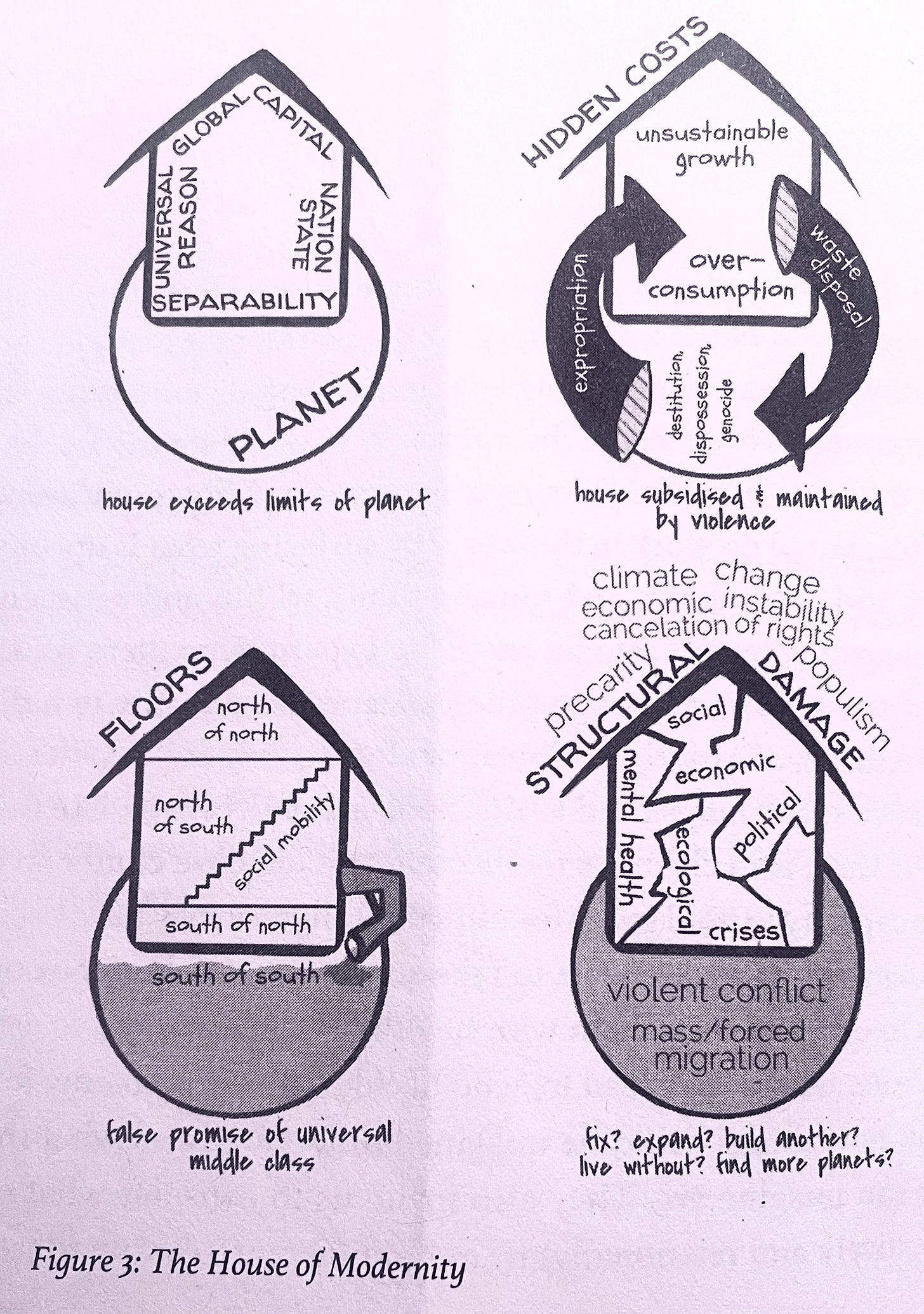
"What is happening to human life all over the world, can be understood as ecological succession ... We disregarded innumerable instances in which populations of organisms so changed their own environments that they undermined their own lives ... In making their habitat less suitable for themselves, organisms sometimes make it more suitable for other species- their successors. This is what mankind has been doing. We have overshot environmental limits and have begun inflicting serious damage upon our habitat's capacity to support our species."
- Overshoot, William Catton
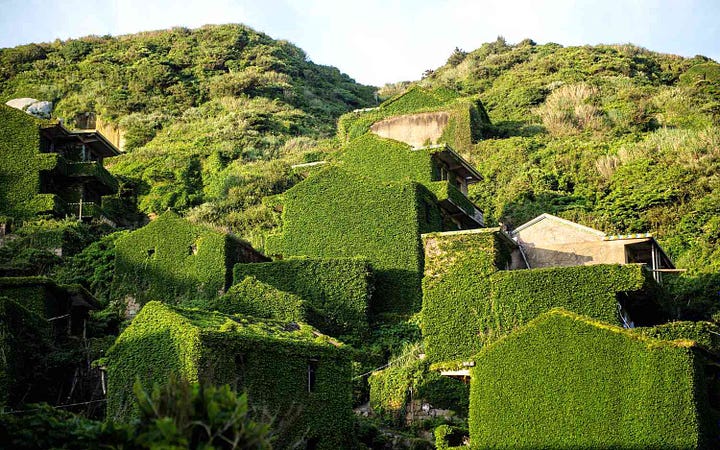
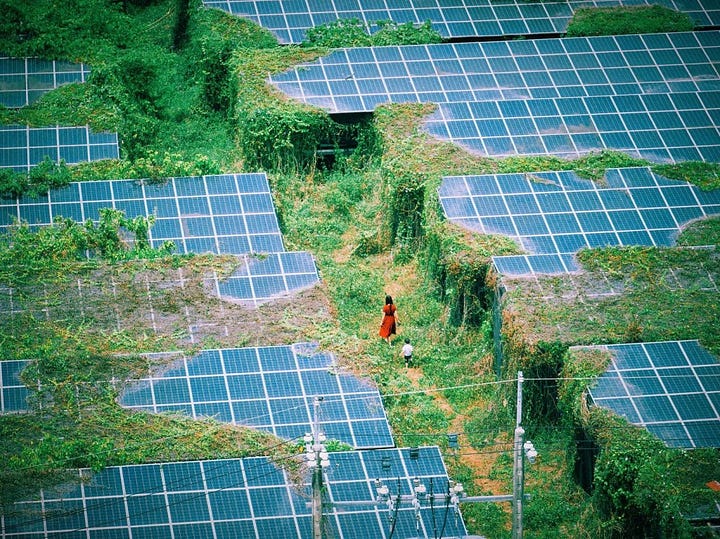
photo source, source
Only A Low Metabolism Has Long-Term Potential
In future decades, as civilization flickers, the circumstances will favor those who can survive without its support networks. We think of hunting and foraging as an inferior mode of existence, but if a culture’s value is measured by how well it equips its members to survive and thrive under the conditions that they find themselves in, we might have to reevaluate which lifestyle is more impressive and which is deficient. The only humans alive by the end of this century could well be only those who are adept at self-provisioning indigenously.
They’ll have embraced a routine shaped by nature’s daily and seasonal rhythms because no other lifestyle will have been possible in the long-run, and they’ll have no use for the technologies that high-metabolism humans use to withdraw from the biosphere. No previous human generation would’ve seen our modern machines as a requirement, and no other species would see our life-annihilating extractive network as a net-positive. Our idea of a “good standard of living” exists only in the heads of humans who are embedded in network that is on course to self-destruct.
The oft-cited factoid that indigenous people compose 5% of the human population yet protect 80% of biodiversity turns out to have no basis. Nevertheless, humans have -for example- inhabited North America since about 13,000 BC, and although they hunted a few species to extinction, it’s nothing compared to the environmental damage that complex agricultural societies have done during the Holocene. It’s only the civilization model that (a) requires excessive resource extraction to emerge and persist and (b) facilitates this high rate of exploitation.
The opposite of the imperial operating mode is indigenous culture, which Tyson Yunkaporta defines as “people whose way of life is derived from a particular bio-region and who still rely on that bio-region for their sustenance and well-being, and are thus both invested in protecting and equipped with the place-based knowledges of that bio-region to effectively do so.”
Crucially, they keep their resource consumption and waste creation rates within the territory’s carrying capacity. Their activities preserve and restore habitats.
Restraint is key. The practices that a community embraces to enforce it can vary:
They might have modest settlements or be semi-nomadic, but they won’t have civilization-scale infrastructure. For example, the Mbendjele BaYaka live nomadically, in huts, with a maximum of 50 individuals per community.
In terms of goods, it will not be the norm to own and haul a car trunk’s or shipping container’s worth of possessions.
For sustenance, they can forage, hunt, herd, cultivate or any combination thereof. Agriculture isn’t always ecologically destructive; hunting and foraging aren’t always benign. What matters is the observation of limits to promote balance.
Population control is a necessity and a matter of both ability (access to low-tech birth control methods) and will (instilled by a culture that commends taking responsibility for a stable, low population rather than an unconditionally pronatalist culture). In contrast to the Green Revolution, which took population growth as the given circumstances that society needed to accommodate and boosted food production as a response, sustainability-oriented societies take calorie-capture limits as the principle around which they make decisions.
“Indigenous Traditions and Ecology: The Interbeing of Cosmology and Community” describes various cultures, including the Bhima Soaras in India who (as summarized in Food, Ethics and Society) believe that …
human relations with anymals entail moral and spiritual obligations. The Bhima Saoras view themselves as but one species among many living in the same interspecies community, all of which depend on the land for survival. Their broad-minded attitude restricts the amount of land that they are willing to take for crops, even though many of their own children die of starvation each year. The Bhima Saoras' spiritual understanding of their rightful place in the natural world prevents them from contributing to the massive human overpopulation problem that has devastated landscapes and destroyed anymal communities throughout most of the world, too often driving anymals to extinction.
Similarly, in the Pacific Northwest, “historical, ethnological and archaeological evidence suggests that aboriginal spiritual beliefs, ritual expressions, social sanctions and territorial claims effectively moderated salmon harvests. Myths, ceremonies and taboos restrained individual and social consumption, while settlement patterns and usufruct rights restricted access to salmon.”
"You may compete to the full extent of your capabilities, but you may not hunt down your competitors or destroy their food or deny them access to food. In other words, you may compete but you may not wage war."
-a summary of “Leaver” culture’s commandments, per “Ishmael” by Daniel Quinn
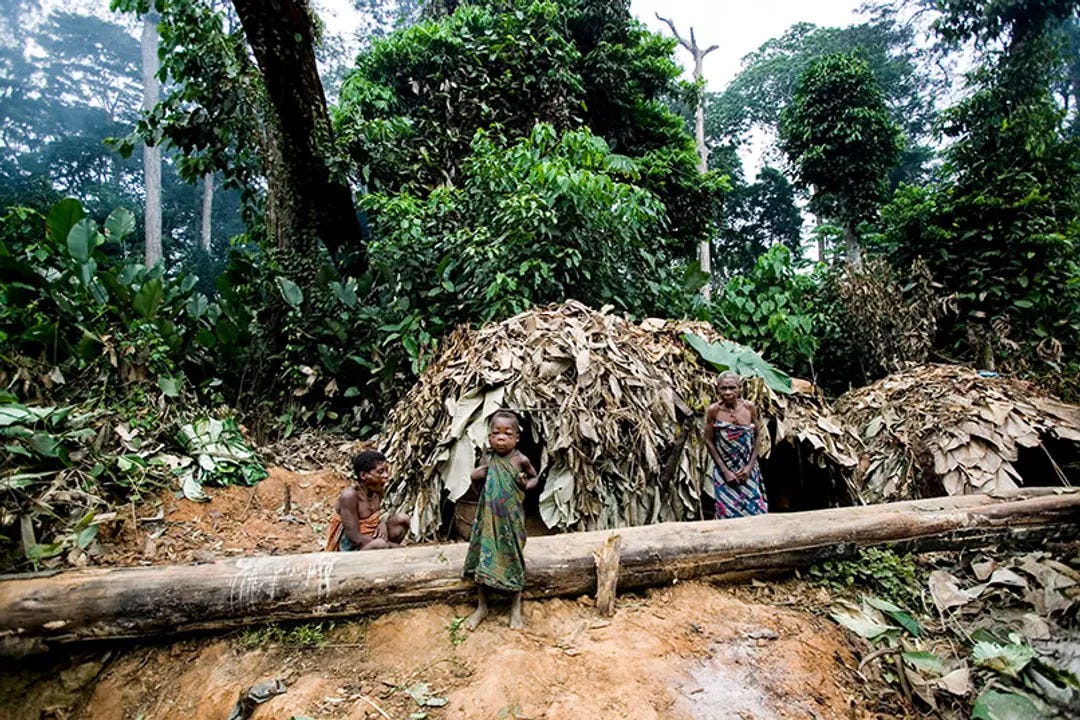
They generally meet their basic needs with what they can reach on foot and make by hand, and since their practices don’t jeopardize their ability to survive there long-term, they can call themselves native to an area for thousands of years (whereas civilization-type societies typically fail after a few hundred). As a result, they’ve developed thorough place-based knowledge (which will need to be modified as the human civilization superorganism further destabilizes Earth’s climate).
This does not preclude…
Complexity (in certain forms) - Some hunter-gatherer cultures that persist today deliberately organize themselves as “societies that look more like mobile constellations than villages or cities”, “distributed across territories that rival the size of Earth’s largest cities”.
“Individuals from these populations knew others living between 80 and 150 km apart, and … visited each other’s camps to participate in collective rituals, hunt together, share food and news, and learn from one another. … The average Hadza or Aché adult learned tool-making techniques directly from around 300 role models throughout their lifetime… They are in regular contact with surrounding farming populations, to the point that they even speak their languages, and exchange objects, food and other forest products with them for market goods“
Domestic order - Even communities who lived nomadically 11,000 ago “organized their homes into specific activity zones, suggesting a structured approach to … life”
Sealed Fates: No Homo colossus colony ever stood a chance
“The reset button has been pressed already; it just takes a couple of millennia for a reboot to happen.” - “On Radical Acceptance”, The Honest Sorceror substack
Our Rapidly Closing Window of Opportunity™ - has been closing since the 1980s
“not too late” - For what or for whom, exactly? A question at the heart of climate modelers’ and activists’ efforts is: What fates are still possible? For example, an article on Bill McKibbon’s blog is titled “U.N. climate report shows civilization is at stake if we don’t act now”. Human civilization collapse is not a risk; it’s a guarantee. From the inception of any high-metabolism human society, it’s always already “too late”. If climate change doesn’t topple it first, something else will.
“if only…” - When humans (unintentionally) pursue the type of organized activity that is emblematic of civilization, collapse is baked-in. Even the Ancient Roman model was impossible to maintain.
degrowth “by design or disaster” - Is there any real chance that we’ll go from 8+ billion Homo colossus to much fewer Homo sapiens without the process being ugly?

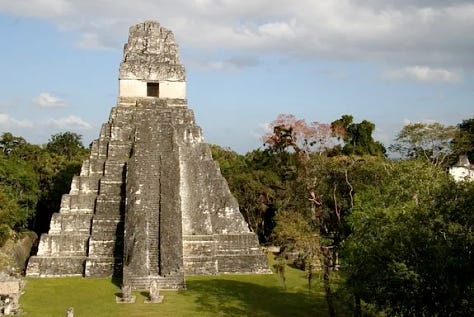

photo source source source
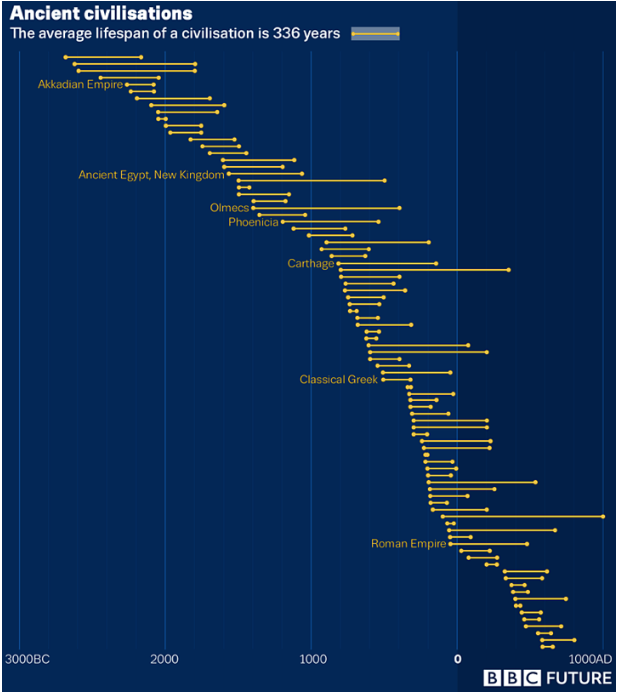
How Many Humans?
"A world population dependent on optimum weather was a world population that had overshot the carrying capacity limits imposed by actual (fluctuating) weather" -William Catton, “Overshoot”
“I’m not suggesting that we should immediately go back to the caves and mud huts… That would be impossible for 4 billion of us, entirely supported by large scale agriculture based on artificial fertilizers and a range of pesticides. However, it is important to note, that this is the direction we are headed, with the only question being how fast we will get there and how many humans can be sustained via such a lifestyle.” - ”On Radical Acceptance”, The Honest Sorcerer substack
Some anchoring numbers:
2 billion: The number of self-sufficient agriculturalists in 2015… The FAO tracks “smallholders”, people who farm on a maximum of 5 acres. Since we don’t have an exact estimate of current subsistence farmers, we use the smallholder census instead. In most cases, these individuals grow food to feed themselves; use minimal chemicals; use basic tools; engage in more labor-intensive but also more productive farming (compared to industrial methods); built their own homes; and seldom purchase goods from the market. Unfortunately, they’re located mainly in regions that are already experiencing the brunt of climate change and are bound to face more.
<1 billion: The number of humans prior to the Industrial Revolution. Fossil fuels and the technological advancements that they made possible enabled human population to exceed 1 billion. As our access to them diminishes over the coming decades, so will our ability to maintain key life-sustaining infrastructure and supply chains. When empty engines means that crops don’t get planted, harvested or distributed to stores -especially when modern adults have not been trained in self-provisioning and live in areas where they couldn’t, even if they knew how- what happens to the maternal and infant mortality rate?
20 million (0.25% of 8 billion, 2022’s human population): The maximum human population prior to the Holocene, i.e. before Earth hit the climatic sweet-spot with fixed annual seasons that were favorable to large-scale agriculture. Our grandparents’ standard-of-living got an artificial, temporary boost from the larger system of “overtime” resource exploitation. It’s a boost which we won’t have, and in its wake, the metabolic rate that our regional ecosystems can support will turn out to be reduced. By destabilizing our planet and poisoning our air, soil and water, we humans have ended the Holocene. Conditions are now becoming less and less conducive to agriculture, compared to the 10,000 BCE-2000 CE period. Faced with unreliable crop yields and unusable farm machinery, late-21st-century humans will, like their ancestors, resort to hunting, foraging and small-scale cultivation. The more “primitive” lifestyle described above supported the stated number of humans when the people knew what they were doing.
I hesitate to declare exactly what the new average human population will be in future centuries and millennia. I don’t want to be like Guy McPherson who predicted in 2018 that humans would be extinct by 2026. If pressed, personally, I expect that it will be very, very low.
“Breaking Down: Collapse” podcast, episode 4 “Overshoot & Limits to Growth”
Goodreads page for “Overshoot: The Ecological Basis of Revolutionary Change” by William Catton
Gaya Herrington’s 2020 update to the LTG
an interview with original LTG co-author Dennis Meadows, by Richard Heinberg
an interview with LTG co-author Dennis Meadows, by Nate Hagens
Graham Turner’s 2014 update on the LTG
a post from Greenpeace, by its cofounder Rex Weyler, on the LTG 50th anniversary
Richard Heinberg’s newsletter on the 50th anniversary of the LTG
a quick video, “Who Killed Economic Growth?” by the Post-Carbon Institute
English dub of French author/screenwriter Arthur Keller’s “Collapse: the only realistic scenario?”




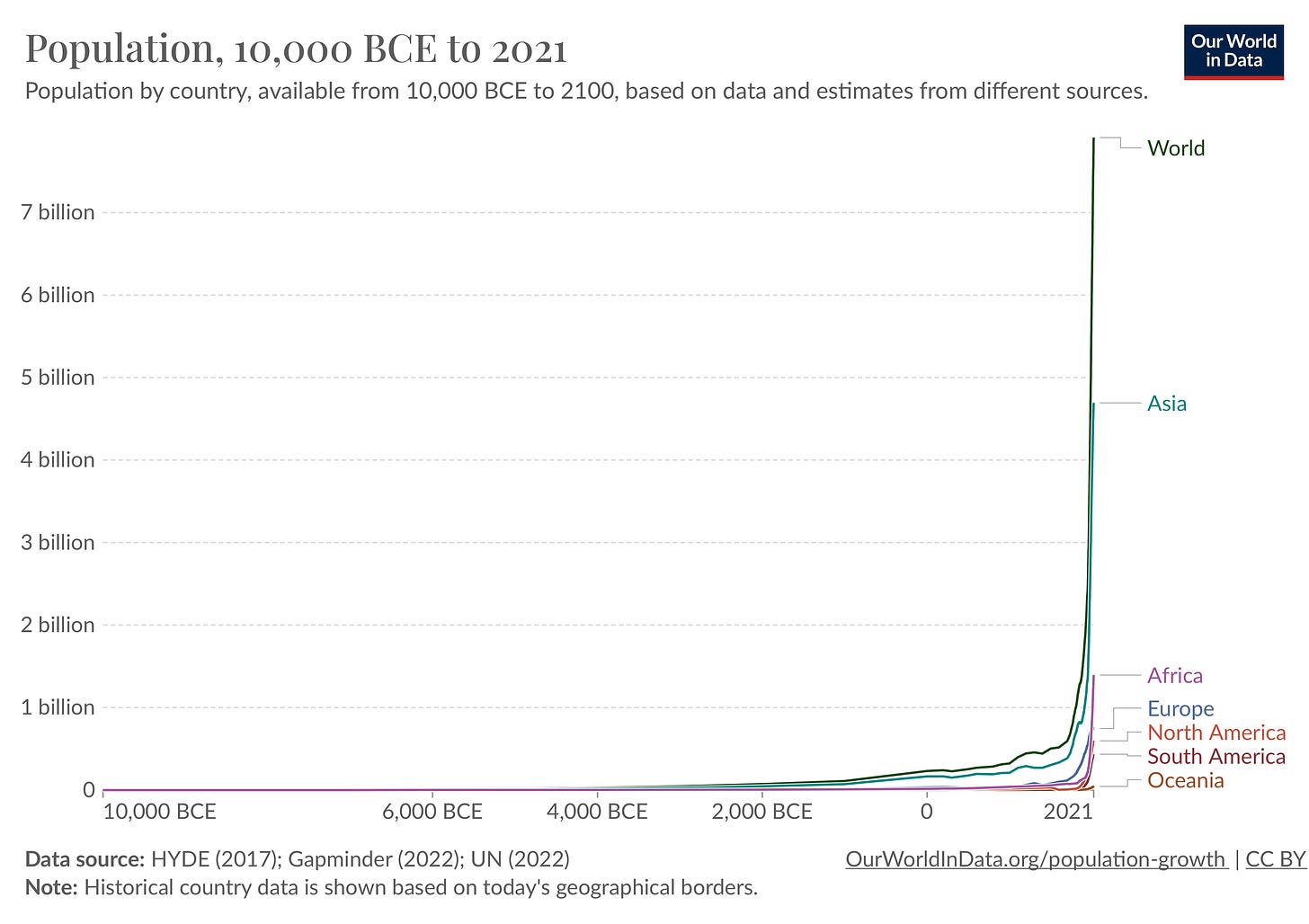
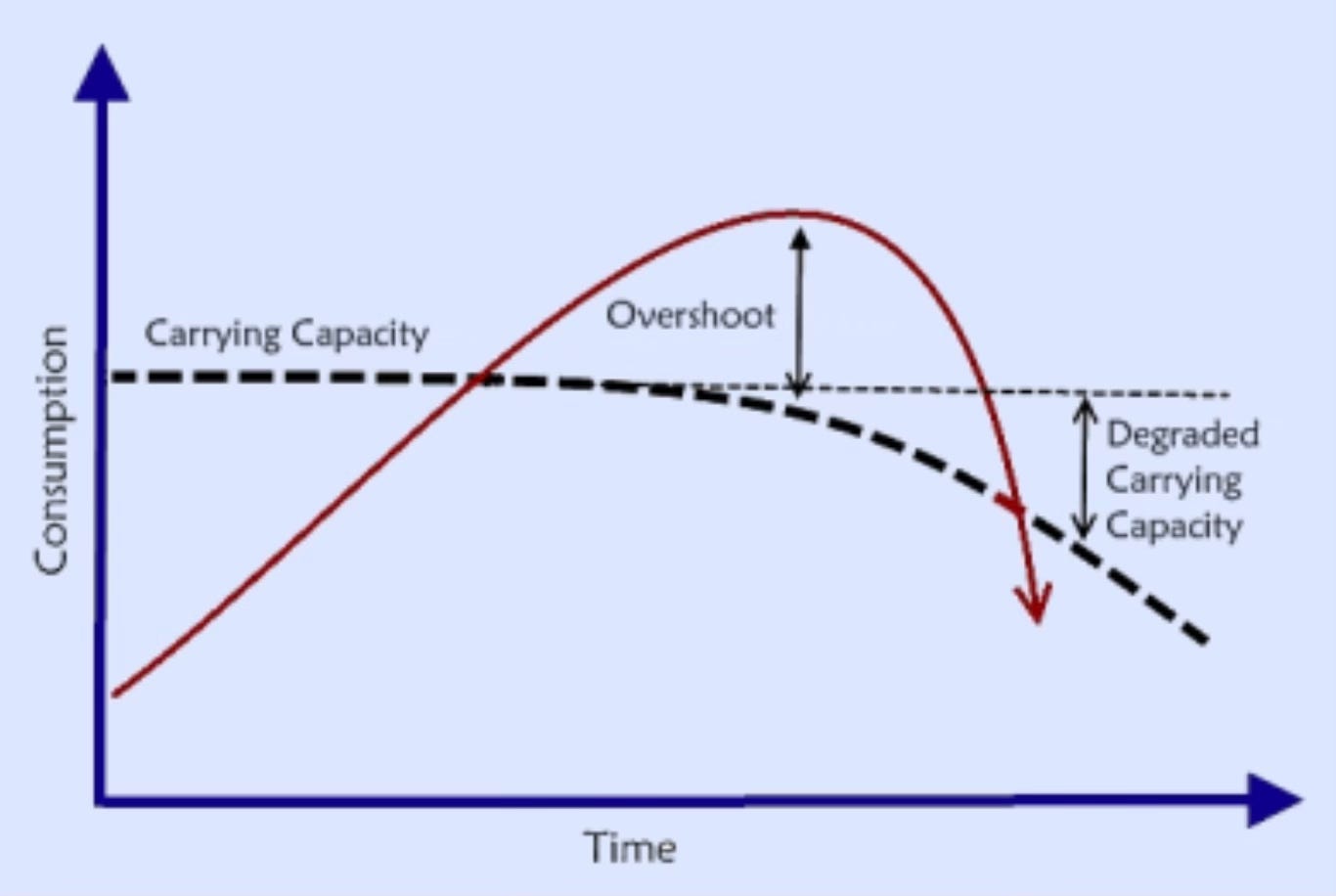

Any rapidly reproducing parasitic life form, like a cancer or our worldwide population, 3,000 times bigger and more consumptive than were our migratory H-G clan/band members, inevitably destroys its host and becomes extinct. Biology 101. No one ever mentions the only actual studies using live participants, as the "animal crowding" researchers of the 1940's-a970's did: John Calhoun, Charles Southwick, and J. J. Christian. All available on Google Scholar and described in some detail in the free online e-book PDF, "Stress R Us". Bottom line: all such populations explode in numbers, reach a plateau, and, then, become extinct, without a single member surviving to reproduce. We are on this trajectory.
Thank you for this. I hope it will open some eyes.